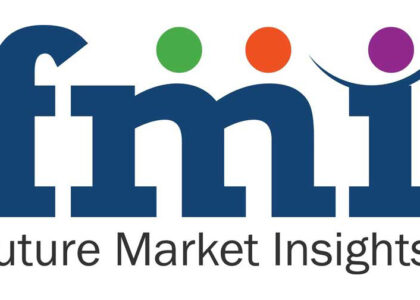The gas fittings and components market plays a critical role in the safe and efficient distribution of natural gas for residential, commercial, and industrial applications. This vast network of pipes, valves, and regulators requires a constant supply of reliable and durable components. Fueled by urbanization and growing energy needs, the market is poised for steady growth. Let’s delve into the current landscape, explore exciting opportunities for manufacturers, and forecast the trends shaping the future of this essential market.
Current Scenario: A Market Fueled by Demand
- Urbanization and Infrastructure Development: Rapid urbanization necessitates the expansion of gas distribution networks, requiring a significant investment in gas fittings and components.
- Focus on Safety and Regulations: Stringent regulations regarding gas safety emphasize the need for high-quality and certified fittings and components, driving market growth.
- Shift Towards Natural Gas: As countries strive for cleaner energy sources, natural gas is increasingly seen as a viable alternative to traditional fuels, boosting demand for gas infrastructure components.
- Aging Infrastructure Replacement: Deteriorating gas pipelines and fittings in many regions necessitate replacements with new and advanced components to ensure safety and efficiency.
- Growth of LNG (Liquefied Natural Gas) Market: The expanding Liquefied Natural Gas (LNG) market requires specialized fittings and components to handle the unique challenges of transporting and storing LNG.
Opportunities for Manufacturers: A Strategic Pipeline of Success
Several promising opportunities await manufacturers in the gas fittings and components market:
- Product Innovation: Develop new and innovative gas fittings and components with improved features like leak detection capabilities, pressure regulation technology, and enhanced corrosion resistance.
- Focus on Material Science: Research and develop fittings and components using advanced materials that are lightweight, durable, and can withstand extreme temperatures and pressures.
- Smart Gas Fitting Technology: Explore the potential of integrating sensors and communication capabilities into gas fittings, enabling remote monitoring for potential leaks and proactive maintenance.
- Standardization and Certification: Advocate for industry-wide standards and certifications for gas fittings and components to ensure compatibility and safety across different markets.
- Sustainability Considerations: Develop eco-friendly manufacturing processes and explore the use of recyclable materials in gas fittings and components where possible.
Future Trends: A Connected and Sustainable Landscape
The gas fittings and components market is poised for exciting advancements in the coming years:
- Rise of Smart Gas Networks: The future may see the development of “smart” gas networks with interconnected gas fittings equipped with sensors that monitor pressure, flow rates, and potential leaks, enabling real-time data analysis and improved network management.
- Focus on Leak Prevention: Advanced leak detection technologies could be integrated into gas fittings, minimizing the risk of gas leaks and ensuring safety in residential and commercial buildings.
- 3D Printing for Gas Components: The potential for 3D printing of custom-designed gas fittings and components for specific applications could emerge, offering greater flexibility and efficiency.
Read more info: https://www.futuremarketinsights.com/reports/gas-fittings-and-components-market

